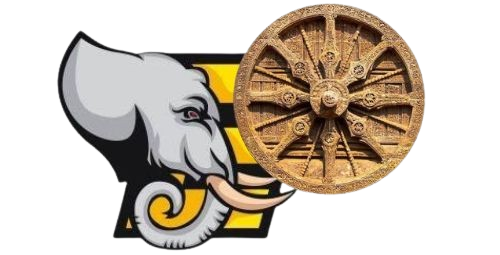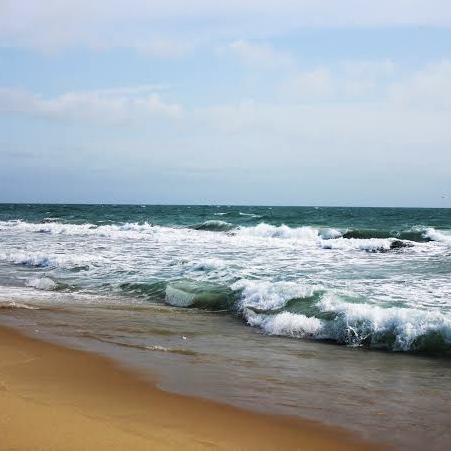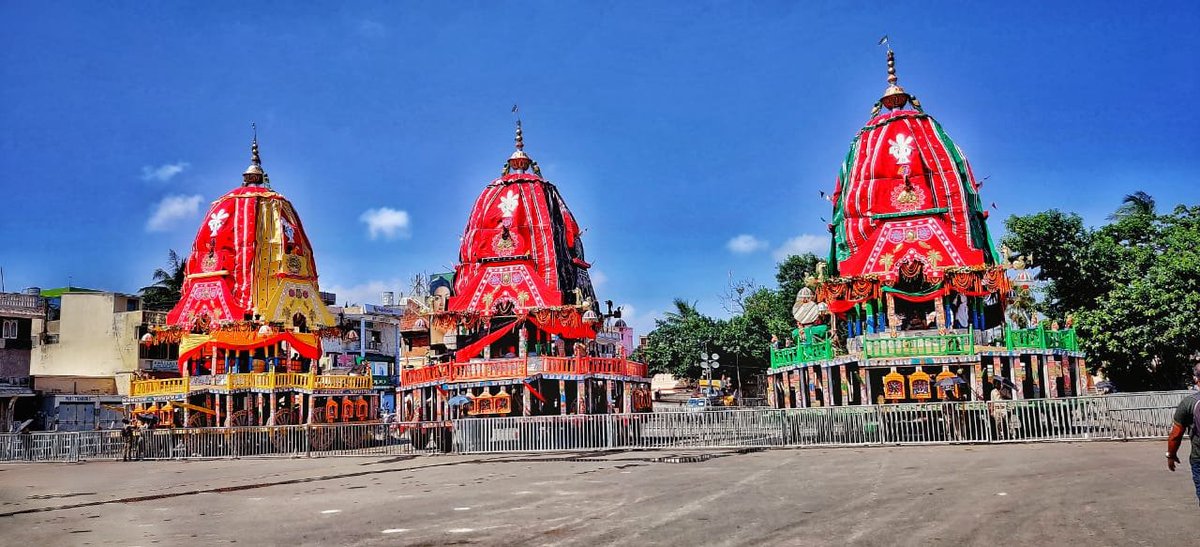Nestled on the eastern coastline of India, the sacred city of Puri is not only known for the majestic Jagannath Temple and the grand Rath Yatra, but also for its spiritual connection with the Bay of Bengal, locally revered as “Moha Dadhhi”—a term rich in cultural, spiritual, and historical significance.
Unlike other coastal towns, where the sea is seen merely as a natural body, Puri’s sea holds divine importance, symbolizing purity, cosmic depth, and spiritual transformation. It is not just a water body—it is a sacred manifestation of divine energy, central to Jagannath culture and Odia identity.
In this article, we dive into the origin, spiritual context, etymology, cultural symbolism, and historical relevance of why the Puri sea is known as Moha Dadhhi.
What Does ‘Moha Dadhhi’ Mean?
The term “Moha Dadhhi” is derived from two Odia and Sanskrit-origin words:
- “Moha”: Meaning “great”, “vast”, or “immeasurable”.
- “Dadhhi” (or “Dadhi”): A poetic and spiritual reference to the ocean or sea, derived from ancient vernacular expressions for water bodies with foaming waves, often likened to curd or milk.
Together, Moha Dadhhi translates to “The Great Sea” or “The Vast Divine Ocean”, evoking not only the physical vastness of the Bay of Bengal but also its cosmic and spiritual magnitude in the cultural consciousness of Puri and its people.
Historical and Mythological Origins
The origin of this sacred name can be traced to a rich confluence of mythology, local tradition, and Vedic philosophy.
1. Association with Lord Jagannath
Puri is the abode of Lord Jagannath, an incarnation of Lord Vishnu, who is also called the “Lord of the Universe.” The sea at Puri is believed to be intimately connected to Him, both physically and metaphysically.
According to legend, the divine log (Daru Brahma) used to carve Lord Jagannath’s idol floated from the sea and was found on the coast of Puri. The sea, therefore, is revered as the divine womb from which Lord Jagannath manifested in His wooden form.
This belief elevated the status of the Puri sea from a natural body to a spiritual source of divine creation, worthy of the name Moha Dadhhi.
2. The Ocean as Vishnu’s Abode
In Vaishnavism, the Ksheer Sagar or Ocean of Milk is the celestial residence of Lord Vishnu. Many scholars and saints consider the Puri sea as an earthly representation of this divine ocean.
The foaming white waves rolling onto the shore are often compared to the churned white curd or milk in scriptures—hence the use of the word “Dadhhi.” The “Moha” prefix adds to its divinity and expansiveness, reflecting the belief that the sea is not just water—it is sacred space.
Ritual and Religious Importance of Moha Dadhhi
1. Puri Sea as a Place of Pilgrimage
Before entering the Jagannath Temple, many pilgrims first bathe in the Moha Dadhhi to purify themselves physically and spiritually. A dip in this holy sea is believed to wash away sins and prepare the devotee for the divine darshan of Lord Jagannath.
This tradition parallels the practice of bathing in sacred rivers like the Ganga or Yamuna, further emphasizing the sea’s spiritual potency.
2. Role in Nabakalebara and Other Rituals
During Nabakalebara, the rare ritual of re-embodying the deities of Jagannath, Balabhadra, and Subhadra, the logs (Daru) are brought via land but have deep associations with the sea, from where they are mythologically believed to have originated.
In other rituals like the Sagara Snana or Samudra Arati, the sea is directly worshipped, especially on auspicious occasions like Magha Saptami and Kartika Purnima.
3. Symbolism in Rath Yatra
During the Rath Yatra, when the deities visit the Gundicha Temple, they symbolically reconnect with nature and the sea, reminding devotees that the divine is not confined to temples but pervades the cosmos—including the sea. The sea, visible from the Gundicha path, represents the openness and universal reach of Jagannath consciousness.
Cultural and Literary References
Throughout Odia literature and folklore, Moha Dadhhi is not just described as a physical feature but as an emotional, poetic, and spiritual entity.
- In the writings of medieval Odia poets like Upendra Bhanja and Dinakrushna Das, the sea is praised as “Jagannathara Moha Dadhhi”—the vast ocean that reflects the mystery of the Lord Himself.
- In Odia bhajans and devotional songs, the sea often becomes a metaphor for the vastness of divine love, where the devotee compares their longing for Jagannath to a drop in the Moha Dadhhi.
Such references capture the emotional attachment the people of Odisha have with the sea—not as a distant entity, but as a living, breathing aspect of their cultural soul.
Why Not Just Call It Bay of Bengal?
Though the Bay of Bengal is the official name of the sea touching Puri’s shores, the term Moha Dadhhi is culturally significant and spiritually resonant.
- Bay of Bengal is a geographical classification.
- Moha Dadhhi is a sacred identity that embeds within it centuries of mythology, religious devotion, linguistic tradition, and local reverence.
This distinction is important. Where a tourist may see the ocean as a scenic backdrop, a devotee sees Moha Dadhhi as a divine entity—an ocean that carries the vibrations of the Jagannath consciousness.
Modern Interpretations and Relevance
In today’s times, as spiritual tourism grows in Puri and global interest in Eastern philosophy expands, Moha Dadhhi has found new expressions:
- Yoga practitioners meditate on the shores of Moha Dadhhi, considering it a space of tranquility and inner purification.
- Environmental activists working in Odisha connect traditional reverence with modern sustainability goals, encouraging the protection of Moha Dadhhi as a sacred ecological zone.
- Filmmakers and cultural storytellers often portray Moha Dadhhi as a symbol of Odisha’s cultural depth, far beyond its visual appeal.
The sea has thus become a symbol of heritage, spirituality, and ecological reverence in the modern age.
Conclusion
To the unknowing eye, the sea at Puri might be just another coastline. But for millions of devotees, poets, priests, and pilgrims, it is the Moha Dadhhi—the Great Divine Ocean that cradles the spiritual heart of Odisha.
Its waves whisper the stories of gods, its breeze carries the devotion of centuries, and its vastness mirrors the boundless love of Lord Jagannath. The origin of the name Moha Dadhhi is not found in one single story but in the collective consciousness of a culture that sees no separation between nature and the divine.
As long as the chariots of Jagannath roll on the sands of Puri and the sound of conches echo through the air, the sacred Moha Dadhhi will remain not just a sea—but a living ocean of devotion, mythology, and eternal tradition.




